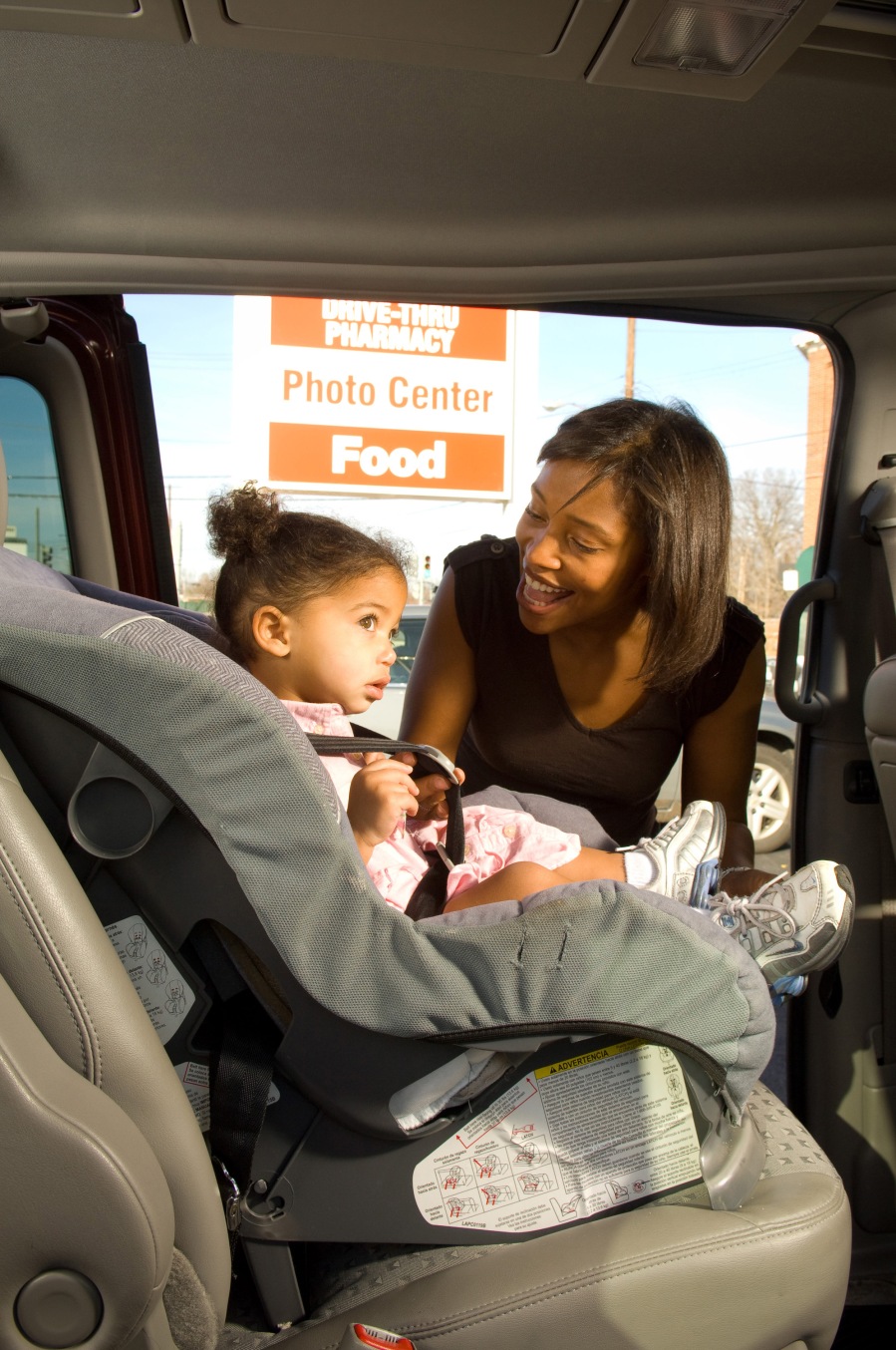Below is the press release shared on November 17, 2022 from Safe Kids Worldwide on an exciting new partnership!
Be SMART and Safe Kids Worldwide Announce Partnership Designed to Educate People About the Dangers of Unsecured Firearms Ahead of Tomorrow’s National Injury Prevention Day
NEW YORK — Today, Safe Kids Worldwide and Be SMART, a national campaign of Everytown for Gun Safety Support Fund, announced a partnership designed to educate parents and other adults about the importance of secure firearm storage. The partnership, which affirms a shared commitment to promote secure firearm storage as a crucial component of child safety, comes in advance of tomorrow’s National Injury Prevention Day, a day that raises awareness about preventing injuries among children and the fight to end gun violence.
“National Injury Prevention Day serves as a solemn reminder of the responsibility we have as adults to ensure that our communities are safe from gun violence,” said Dr. Kelsey Gastineau, a pediatrics specialist and Be SMART advocate in Tennessee. “Through basic gun safety measures, we can prevent tragedy in our homes, neighborhoods, and schools. We’re proud that Safe Kids, a strong partner in the injury prevention space, is standing with us and recognizes the critical importance of secure firearm storage.”
“Three out of four children living in a house with a gun know where the gun is, even when their parents think they don’t know,” said Torine Creppy, president of Safe Kids Worldwide. “It is an esteemed honor to partner Everytown for Gun Safety and the Be Smart program to educate families and communities about the critical importance of the safe storage of firearms.”
“Gun violence is the leading killer of our children and teens, but so many of these senseless tragedies are preventable through prevention of easy access to firearms,” said Shannon Watts, founder of Moms Demand Action. “Making sure parents and gun owners are having these conversations and practicing responsible gun ownership — including securing firearms unloaded, locked, and separate from ammunition — saves lives.”
Together, intentional and unintentional firearm injuries are the leading cause of death among kids ages 1-17. Throughout the U.S., an estimated 13 million households with children under the age of 18 contain at least one gun. Not all of these firearms are stored securely: approximately 4.6 million children live in a household with at least one loaded and unlocked gun.
An overwhelming majority of unintentional shootings by children could have been prevented had the gun not been accessible, which means making sure guns are always inaccessible to kids and unauthorized users. Gun owners can make their families, homes, and communities safer by storing their guns securely — unloaded, locked, and separated from ammunition.
The Be SMART program asks parents and caretakers, gun owners and non-gun owners alike, to
‘Be SMART’ and take these simple steps:
● Secure all guns in their home and vehicles
● Model responsible behavior around guns
● Ask about the presence of unsecured guns in other homes
● Recognize the role of guns in suicide
● Tell your peers to be SMART
For more information on the Be SMART program and how to securely store your firearms, visit BeSMARTforKids.org. To request materials or local presentations, use the “Connect with Be SMART” contact form.
About Everytown for Gun Safety Support Fund
Everytown for Gun Safety Support Fund (the “Everytown Support Fund”) is the education, research and litigation arm of Everytown for Gun Safety, the largest gun violence prevention organization in the country with nearly six million supporters. The Everytown Support Fund seeks to improve our understanding of the causes of gun violence and help to reduce it by conducting groundbreaking original research, developing evidence-based policies, communicating this knowledge to the American public, and advancing gun safety and gun violence prevention in communities and the courts. Learn more at http://www.everytownsupportfund.org.
About Safe Kids Worldwide
Safe Kids Worldwide is a nonprofit organization working to protect kids from preventable injuries, the number one cause of death for children in the United States. Safe Kids works with an extensive network of more than 400 coalitions in the U.S. and with partners in more than 30 countries to reduce traffic injuries, drownings, falls, burns, poisonings, and more. Safe Kids also engages in advocacy efforts to make kids safer at the federal, state, and local levels. Since 1988, Safe Kids has helped reduce the U.S. childhood death rate from unintentional injury by nearly 60 percent. Learn more at safekids.org.





